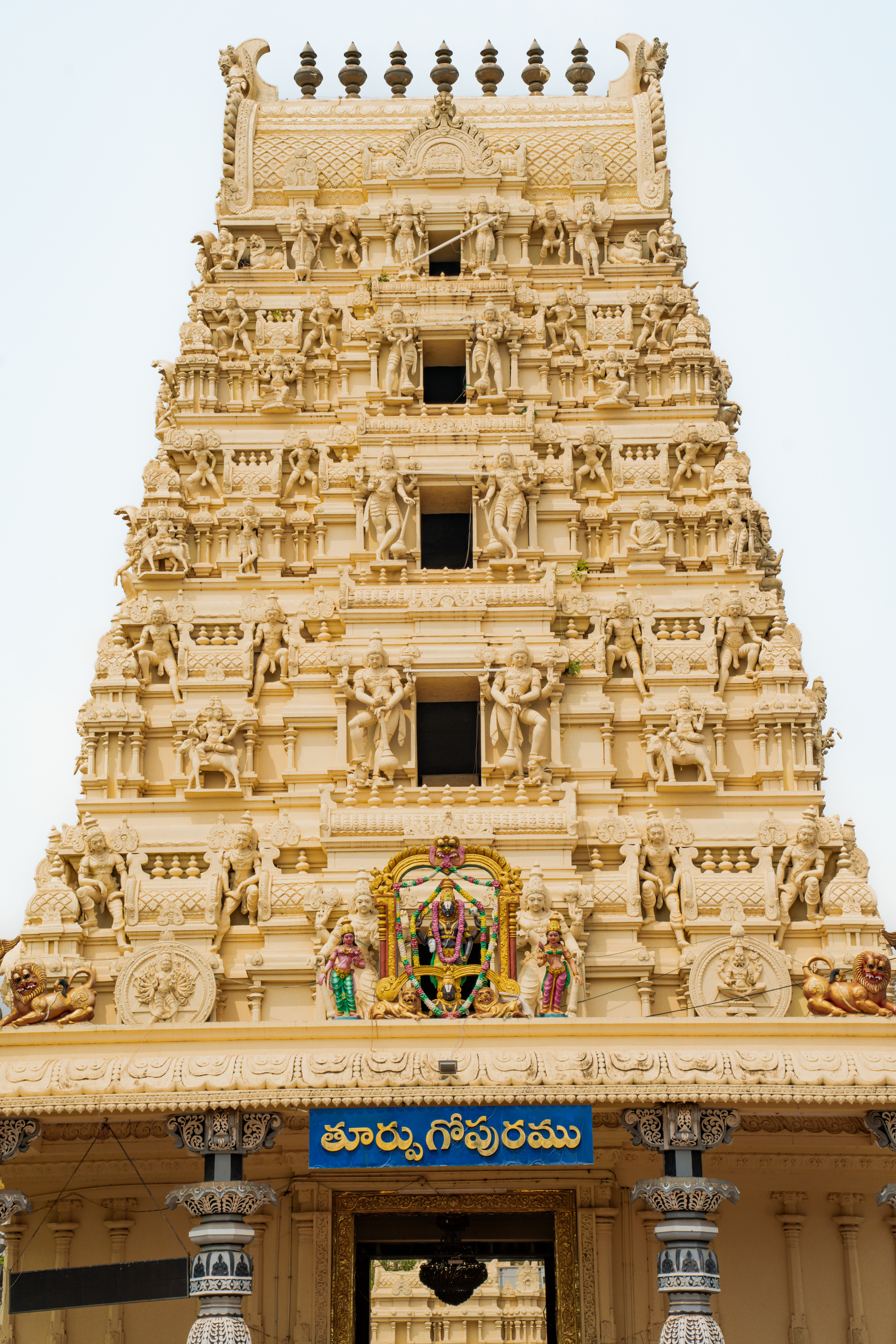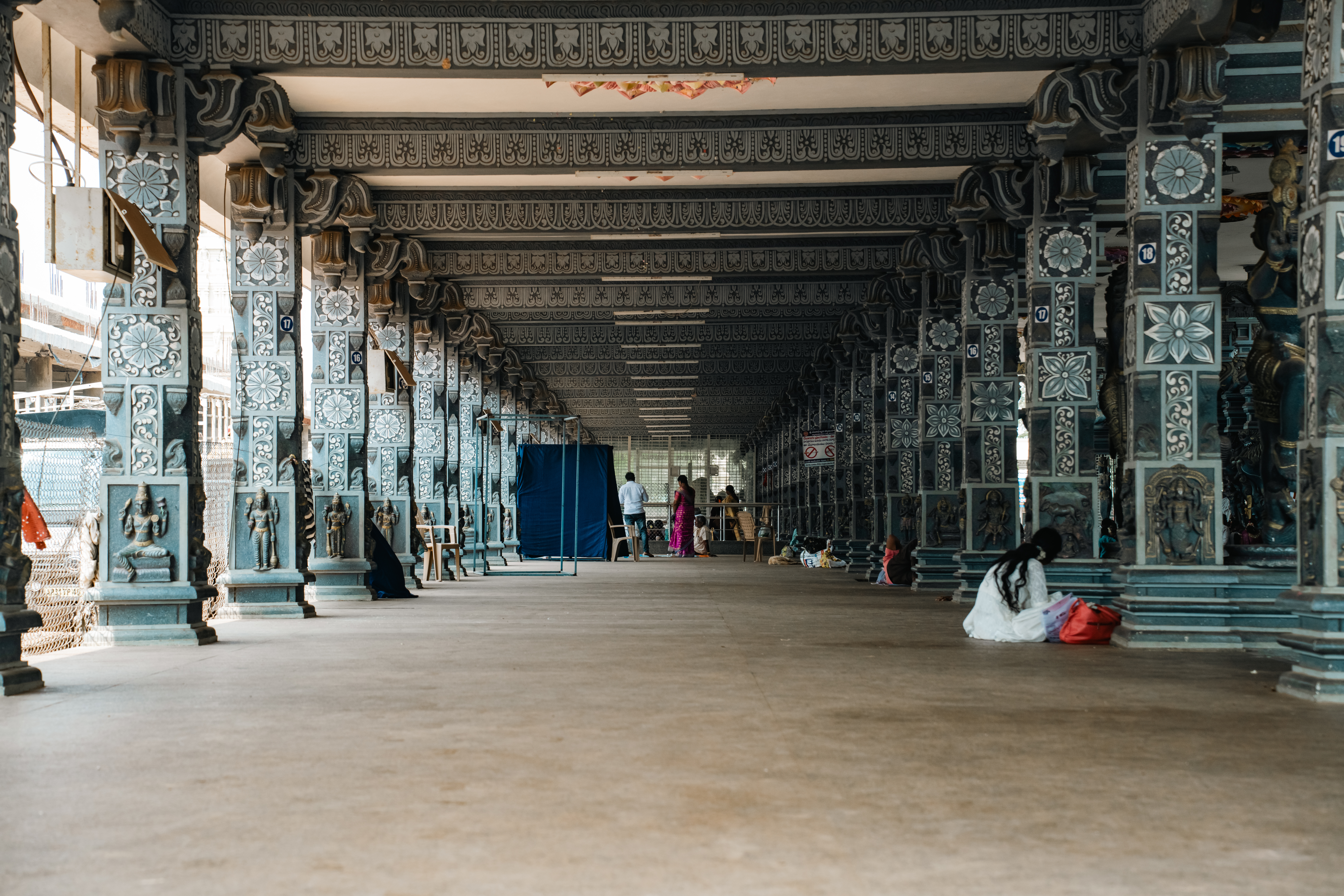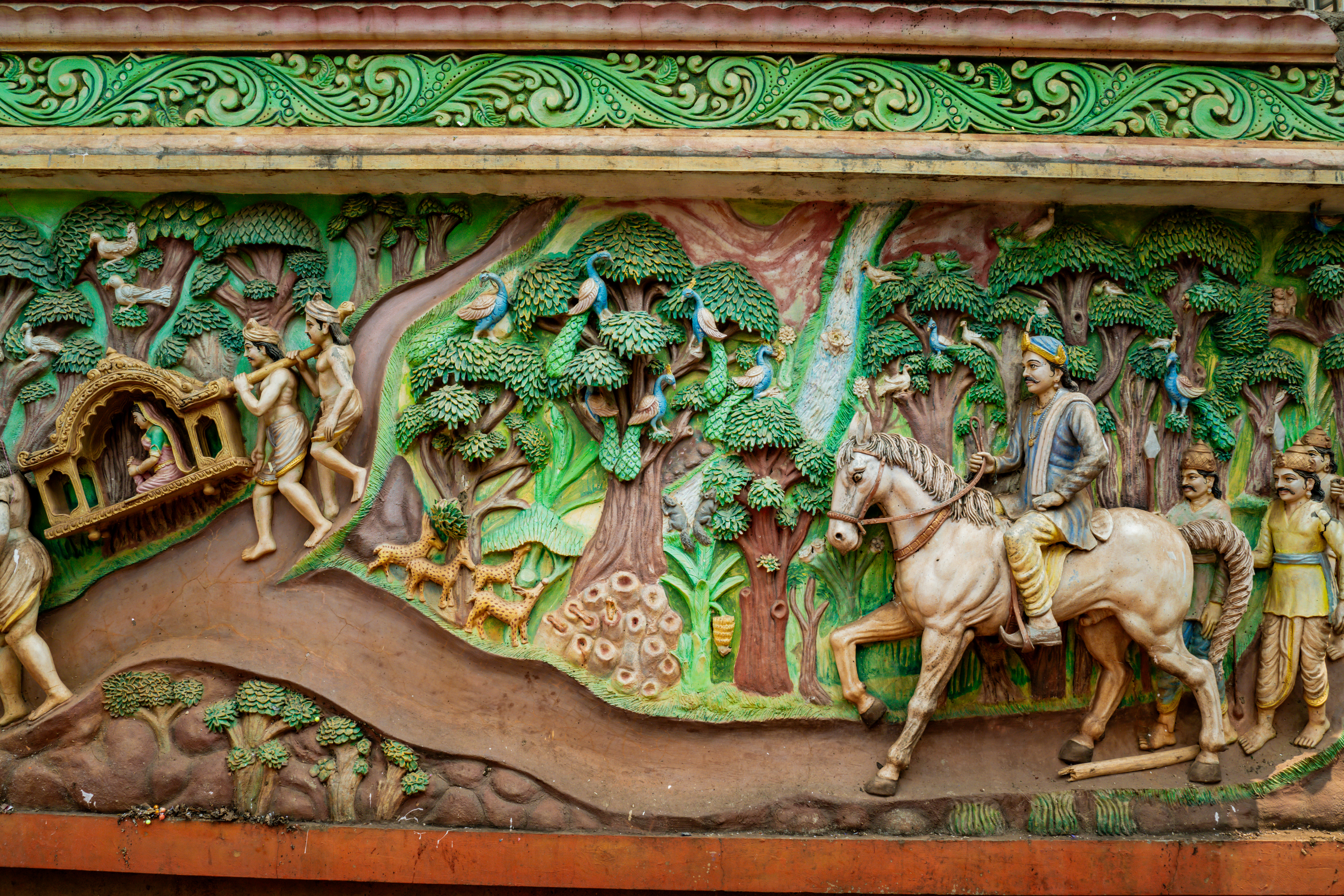History: Dwaraka Tirumala, a prominent pilgrimage site, is named after the great saint Dwaraka, who found the self-manifested idol of Lord Sri Venkateswara after severe penance in a "Valmika" (ant hill). Devotees call Sri Venkateswara the Kaliyuga Vaikunta Vasa. The temple's significance is so profound that it is often referred to as "Chinna Tirupati," making it a smaller counterpart to the grander Tirumala Tirupati, which is also known as "Pedda Tirupati." The temple has a rich historical background, with references to its significance dating back to ancient times. It is mentioned in various Puranas, which suggest that the temple was revered even during the Kruta Yuga. The site has been a spiritual destination for centuries, attracting countless devotees seeking the blessings of Lord Venkateswara. Lore and Legends: Dwaraka Tirumala is steeped in fascinating legends. One such legend involves Aja Maharaja, the grandfather of Lord Rama. According to the Brahma Purana, Aja Maharaja passed by the temple on his way to Indumati's Swayamvara but failed to offer prayers. As a result, he faced a battle with other kings, which only ceased after he realized his mistake and sought the blessings of Lord Venkateswara. The temple is also known for its unique dual idols, which are housed under a single Vimana Sikharam. The first idol, a partial statue representing the upper half of the Lord, was discovered by Sage Dwaraka. Later, a complete statue was installed behind this self-manifested idol by ancient sages, following the Vaikhanasa Agama tradition. This addition was made to ensure the complete worship of the Lord. Devotees believe that worshiping the smaller statue leads to Moksha (liberation), while the larger statue represents the pursuit of Dharma (righteousness), Artha (wealth), and Kama (desire). The temple hosts the Tiru Kalyanotsavam festival twice a year: once for the self-manifested idol in the month of "Vaisakha" and once for the installed idol in "Aswayuja." Architectural Splendor: The architectural brilliance of Dwaraka Tirumala is a testament to South Indian temple design. The temple complex features a five-storied Rajagopuram facing the south, complemented by three additional gopurams on the other sides. The Vimana, constructed in the Nagara style, is a key highlight, while the Mukhamantapa has been extended to accommodate the needs of modern-day devotees. One of the temple's most unique features is the serpent-shaped hill upon which it is built. This formation aligns with a legend that suggests Anantha, the serpent king, assumed the form of this hill. It is believed that the hill carries Lord Mallikarjuna on its hood and Lord Venkateswara on its tail, symbolizing the harmonious coexistence of Vaishnavism and Saivism at this sacred site. The temple's present structure owes much to historical patrons like Dharma Appa Rao, who reigned from 1762 to 1827. He was responsible for constructing the Vimana, Mantapa, Gopura, and Prakara. Additionally, the temple's golden ornaments and silver vahanas were donated by Rani Chinnamma Rao of Mylavaram, Krishna District, between 1877 and 1902. The temple complex is further enhanced by shrines dedicated to the Alwars, stone-paved pathways, and meticulously arranged flower trees, creating a serene and spiritually uplifting environment for pilgrims.
|
To be updated




